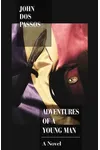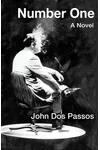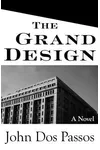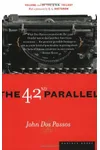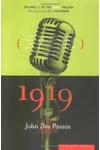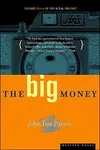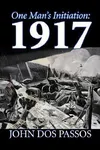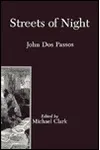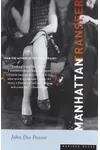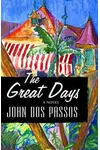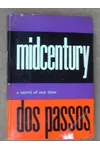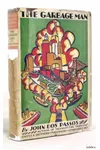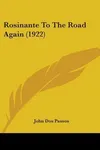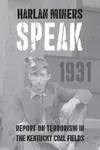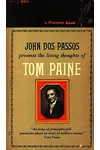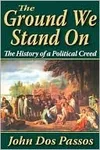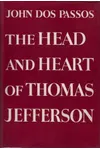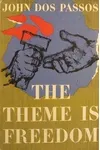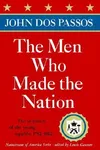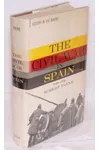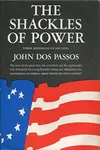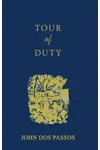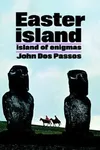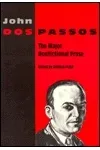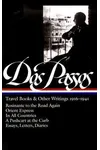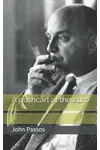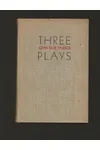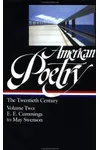Picture an American storyteller who captured the chaos and dreams of the 20th century with a pen and a painter’s eye—meet John Dos Passos! Born in 1896, this novelist, poet, and visual artist wove tales of war, politics revolutionizing literature with his experimental USA Trilogy and sharp social commentary.
As a key figure of the Lost Generation, Dos Passos mixed journalism, poetry, and fiction into a dazzling narrative style, making readers feel the pulse of a nation in flux. His life, from radical youth to reflective conservative, mirrored America’s own turbulent journey.
The Making of John Dos Passos
John Dos Passos was born on January 14, 1896, in Chicago to a wealthy family with Portuguese roots. His early years were marked by a nomadic childhood, traveling across Europe and Mexico, which sparked his lifelong curiosity about the world. Educated at Harvard, he dove into the literary scene after serving as an ambulance driver in World War I, an experience that shaped his anti-war novel, Three Soldiers. His friendships with figures like Ernest Hemingway and E.E. Cummings fueled his creative fire, setting the stage for a career that would redefine American fiction.
John Dos Passos’s Unforgettable Stories
Dos Passos’s masterpiece, the USA Trilogy (The 42nd Parallel, 1919, and The Big Money), is a kaleidoscope of American life from 1900 to the 1930s. Blending fictional narratives, real-life biographies, newsreels, and stream-of-consciousness prose, it captures the dreams and disillusionments of a nation on the rise. Three Soldiers (1921) exposed the grim realities of war, earning praise for its raw honesty. Manhattan Transfer (1925) painted New York City as a vibrant, chaotic character, showcasing his knack for vivid, cinematic storytelling.
His style—often called ‘camera eye’—mimicked the fragmented, fast-paced energy of modern life. Dos Passos didn’t just write; he experimented, layering voices and perspectives to reflect society’s complexity. Later works like District of Columbia showed his shift toward conservative themes, yet his storytelling remained sharp and evocative, always rooted in the human struggle.
Why John Dos Passos Matters
John Dos Passos didn’t just write books; he chronicled the soul of a century. His innovative techniques influenced writers like Norman Mailer and Joan Didion, and his fearless critique of war, capitalism, and inequality still resonates. The USA Trilogy remains a literary landmark, studied for its bold structure and unflinching look at American ambition. His ability to evolve—from fiery radical to thoughtful conservative—mirrors the complexity of the nation he loved, making his work timeless.
About John Dos Passos
- Born: January 14, 1896, in Chicago, Illinois.
- Key Works: USA Trilogy, Three Soldiers, Manhattan Transfer.
- Fun Fact: Dos Passos was also a talented painter, creating vivid book covers for his own novels!
Ready to explore a literary trailblazer? Grab USA Trilogy and dive into John Dos Passos’s electrifying world of stories!
